klaptrapper
Guest
I can't imagine why an alternator would require water cooling. We've used alternators on race cars at high revolutions for decades! Frequently to cut down stress, a larger pully is needed, but liquid cooling..............egad!
Follow along with the video below to see how to install our site as a web app on your home screen.
Note: This feature may not be available in some browsers.


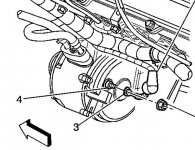
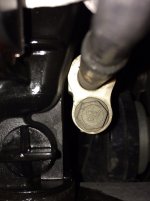


 , then twisting to unseat
, then twisting to unseat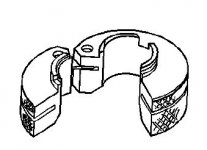
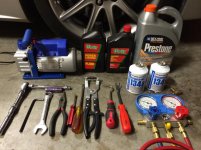
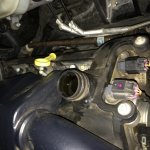
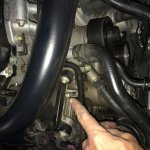
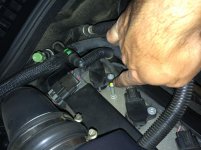
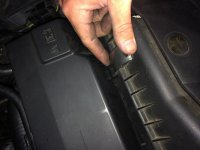
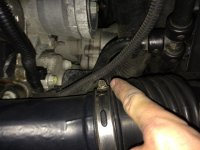
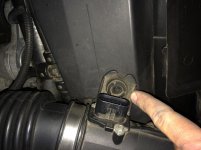
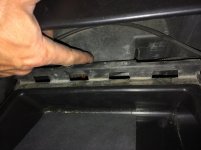
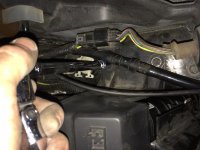
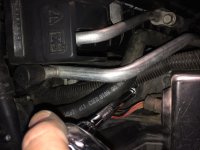
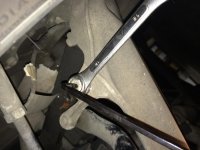
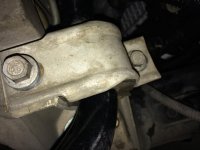
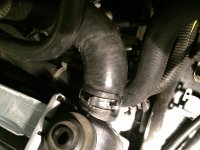
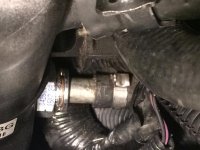
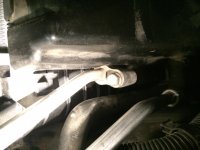
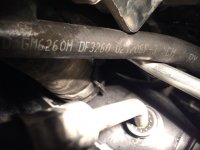
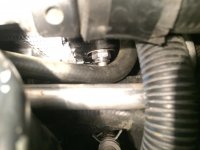
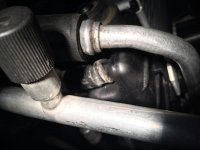
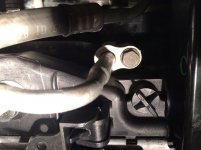
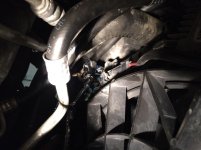
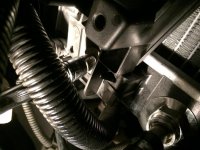
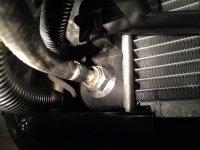
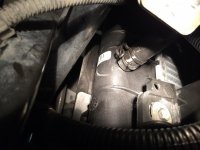
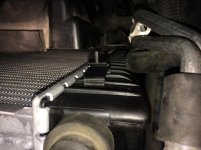
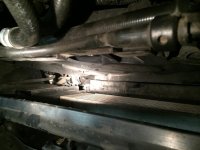
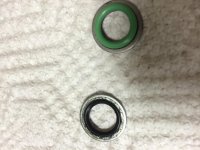
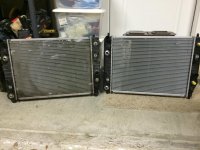
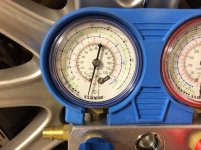
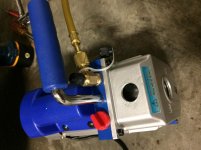
GreggThank you, really appreciate your time/effort/consideration in posting your "adventure".


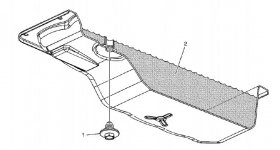
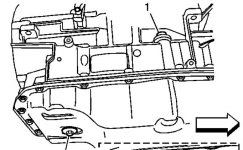
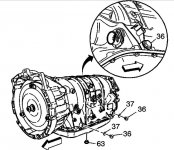
'06 V
I've got a coolant leak that I'm having trouble tracking down. It only leaks noticeably while the car cools in the garage over several hours, though I haven't been able to see it leak myself - just the small 3"-6" puddle it leaves. It does not appear to leak while the car is running - cold or hot. The puddle is under the front left corner, directly under the left side of the rad. At the moment I suspect a minor crack in the rad, though my reading of other posts indicates the V rad was a higher quality part. I attempted to pressure test through the reservoir cap, but the system did not seem to hold any pressure at all. I did notice the coolant level dropped slightly while trying to pressure the reservoir, indicating an air pocket was being filled somewhat, though i could not see any further leakage. My second guess is the upper rad hose has a minor leak, possibly from a weak clamp. The water pump and surrounding area appears dry.
I've got some pictures showing the residue pattern on the left side of the rad and parts nearby.
Here you can see a small amount of residue on the front of the rad side tank, a small pool on the frame rail, and further leakage down the side of the tank. The upper hose itself appears clean.
View attachment 4626
Here is a better angle of the spray on the front of the rad.
View attachment 4627
More of the front of the rad. You can see the label shows a date of 5/1/06 - not sure if there might have been a part update mid-year.
View attachment 4628
The drip path for most of the coolant seem to collect at the generator cooling hose connection at the rad. You can just barely see this hose from the top side - just left of the green striped cable conduit, above the frame rail in this picture.
View attachment 4629
You can more clearly see the drip path to the generator cooling hose from the bottom here.
View attachment 4630
What do you guys think? Should I bite the bullet and replace the rad on a hunch ($220 OEM part)? It looks like the A/C condenser needs to be removed to do this. Does anyone have any other ideas to confirm a diagnosis? It was very surprising/strange to me that I could not sustain any pressure and see no further leakage while pressure testing. Has anyone seem this kind of spray pattern before?
Given that this appears to be a slow leak, I don't think we have a case of coolant spraying out every which way under pressure, meaning the highest location of residue would likely be the culprit, which seems to be in the vicinity of top front left corner of the rad side tank.
Thanks for any input,
Greg
